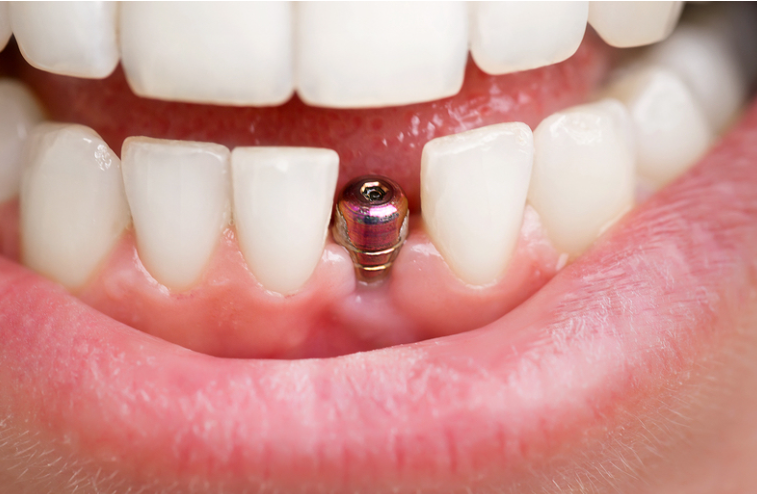All About Catheters: Types, Uses, and Care Tips
Catheters are an essential part of modern medical care, used in hospitals, clinics, and sometimes at home. Whether they’re in place for a short period or used for long-term management, catheters play a vital role in helping patients pass fluids, deliver medication, or support recovery after surgery. If you or a loved one needs a catheter, understanding its purpose, types, and proper care can make the experience more comfortable and safe.
What Is a Catheter?
A catheter is a slender, flexible tube designed to be inserted into the body to either remove or deliver fluids. While they are often used to drain urine from the bladder when normal urination isn’t possible, catheters also play an important role in cardiovascular procedures, medication delivery, and other specialized medical applications. In some cases, catheters are fitted with FEP heat shrink tubing, which provides a smooth, durable, and biocompatible surface that enhances performance and patient comfort.
Types of Catheters
Different medical needs require different types of catheters. The most common ones include:
1. Urinary Catheters
Used to drain urine from the bladder. These can be:
- Foley Catheter (Indwelling) – Placed in the bladder and held by a small balloon. It remains in place for days or weeks.
- Intermittent Catheter – Inserted temporarily to empty the bladder, then removed immediately.
- External Catheter (Condom Catheter) – Fits over the penis like a condom and is attached to a drainage bag, used mainly by men.
2. Cardiac Catheters
Used in heart procedures, such as angiography or angioplasty, to check for blockages or deliver treatment directly into the heart’s blood vessels.
3. Intravenous (IV) Catheters
Inserted into a vein to deliver fluids, medications, or nutrition. Examples include peripheral IVs and central lines (like PICC lines).
4. Suprapubic Catheters
Placed directly into the bladder through a small incision in the abdomen, often used for long-term bladder drainage when urethral catheters aren’t suitable.
See also: Gentle Guidance Through Life’s Health Changes
Common Reasons for Catheter Use
Catheters are prescribed for various medical situations, including:
- Urinary retention (inability to empty the bladder)
- After surgery, especially in the pelvic area
- Neurological conditions affecting bladder control
- Severe illness that limits mobility
- Medical procedures, such as heart catheterization
- Long-term IV medication needs, such as chemotherapy or antibiotics
Caring for a Catheter
Proper care is crucial to avoid discomfort and reduce the risk of infection. Here are key tips:
1. Keep the Area Clean
- Wash hands thoroughly before and after touching the catheter.
- Clean the insertion site daily with mild soap and water (or as directed by your healthcare provider).
- For urinary catheters, keep the drainage bag and tubing clean and free from kinks.
2. Prevent Infection
- Do not tug, twist, or pull on the catheter.
- Always keep the drainage bag below bladder level to prevent backflow of urine.
- Empty the drainage bag before it’s full—at least every 6–8 hours.
3. Check for Problems
Watch for signs of infection, such as:
- Cloudy, foul-smelling urine
- Pain or burning around the insertion site
- Fever or chills
If you notice these, contact your healthcare provider immediately.
4. Maintain Comfort
- Secure the catheter tubing to your leg or abdomen to prevent tugging.
- Wear loose clothing for comfort.
- Stay hydrated to keep urine flowing and prevent blockages.
Potential Risks and Complications
While catheters are generally safe when used properly, they can sometimes lead to complications, including:
- Urinary tract infections (UTIs)
- Blockages or leakage
- Bladder spasms
- Skin irritation
These risks are minimized by following hygiene guidelines and having the catheter monitored regularly by a healthcare professional.
When to Call a Doctor
Seek medical attention if you experience:
- Persistent pain or swelling around the insertion site
- Blood in the urine (more than a small trace)
- Sudden inability for urine or fluids to drain
- High fever or chills
Prompt action can prevent serious complications.
Living with a Catheter
For many people, having a catheter is a temporary step in recovery, but for others, it may be part of long-term care. Either way, knowing how to handle daily activities—like bathing, sleeping, and going out—makes life easier. Many patients find that with proper care and a positive mindset, a catheter doesn’t have to limit daily life.
Final Thoughts
Catheters are valuable medical tools that help manage a variety of health conditions. Understanding the types, uses, and care tips can reduce anxiety, prevent complications, and improve comfort. Always follow your healthcare provider’s instructions and don’t hesitate to ask questions—knowledge is your best ally in managing catheter use.






